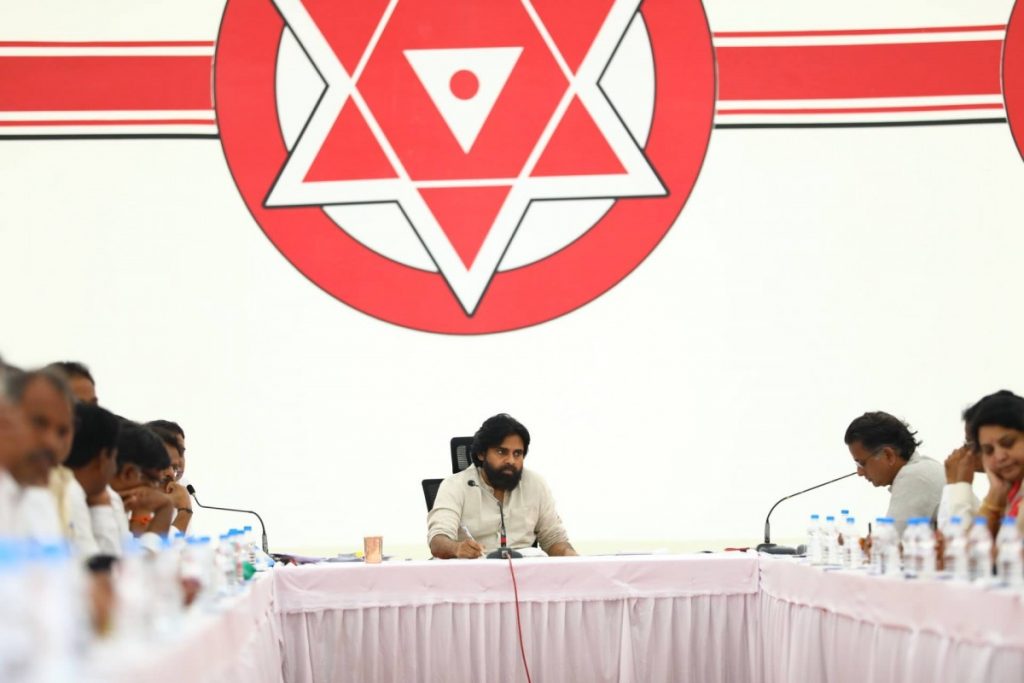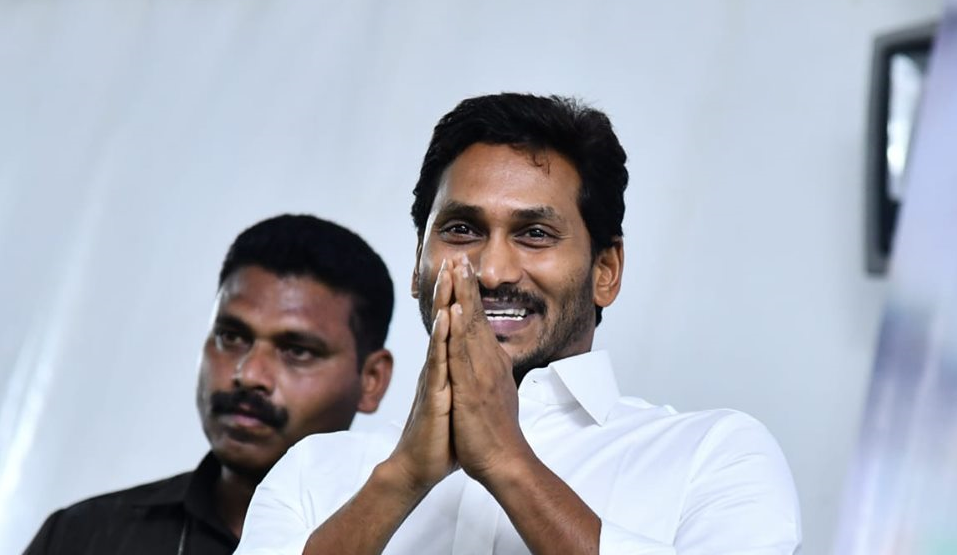What Explains Pawan Kalyan's Decision to Ally With BJP?
Vijayawada: The latest turn of events in Pawan Kalyan's political career has brought to the minds of many film buffs a popular 'punch dialogue' from his 2012 Telugu remake of Salman Khan starrer Dabangg. "Nakkonchem tikkundi, daniko lekkundi (roughly translating to 'there is a method to my madness')," says the character the 'power star', as Pawan Kalyan is popularly known, plays in the movie Gabbar Singh.
After Kalyan, the chief of the Jana Sena Party (JSP), made an appearance at BJP working president J.P. Nadda’s residence in New Delhi on a winter Monday, many of his fans were busy searching for plausible logic in the actor-politician's decision to swing from the left to extreme right. This was followed by a joint press conference with the saffron party’s state leadership in Vijayawada, announcing an alliance. The parties unveiled a 'road map' to unseat the Y.S. Jaganmohan Reddy-led government in the 2024 elections.
Pawan, who founded JSP in March 2014, in the run-up to that year's general elections, helped the Telugu Desam Party (TDP) and BJP come to power, though the party itself did not contest. By doing so, he did his part in the rise of right-wing politics in the state. This despite likening himself to Che Guevara and choosing a red star as his party's symbol.
Also Read: Andhra Pradesh: BJP Joins Hands With Pawan Kalyan's Jana Sena
Before the elections in 2019, he emerged as a dissenter and began to question the parties in power at the Centre and in the state. He demanded that the promise of granting special category status for the residual Andhra Pradesh be fulfilled. The actor-turned-leader cried hoarse over the “widening” south-north divide in the devolution of Central funds under the Narendra Modi dispensation.
JSP teamed up with the Left parties and Mayawati’s Bahujan Samaj Party (BSP) ahead of the 2019 elections, but the experiment had dismal results. Pawan Kalyan contested two assembly segments – one from his native West Godavari and the other in the Uttarandhra’s Visakhapatnam district – but lost both. His party won a single seat in the 175-member house, ending up with just 7% of the votes.

Pawan Kalyan, with his party's symbol in the background. Photo: Facebook/Jana Sena Party
Aiming to shoot off BJP’s shoulders?
Many have been left wondering why the JSP chose to ally with the BJP in a hurry, though the next election is more than four years away. The answer may lie in the bullish attitude of chief minister Jagan and his YSR Congress Party.
Even after coming to power with a landslide victory, Jagan continued to make personal attacks on Pawan Kalyan. This acted as a signal for his party men, who allegedly began targeting JSP cadre.
This did not prevent Pawan Kalyan from speaking up against the government, especially on issues such as sand shortage, introduction of English as a medium of instruction in government schools and changing the stance on Amaravati as the state's capital, irking Jagan more.
Pawan is a one-man army, sans an organisational structure. He understandably finds it difficult to take on the bullish YSR Congress and may have felt that an alliance with the BJP will prop his party up.
JSP spokesperson Bolisetty Satyanarayana confirmed as much, when he referred to the party as 'relatively weak'. Speaking to The Wire, he said, “When we are relatively weak and our rival is strong, it has become a necessity to take BJP’s support to fight the Jagan government’s tyranny.”
BJP also hopes to grow
Meanwhile, the BJP also harbours its own hopes of playing a larger role in Andhra Pradesh. Although the saffron party rode to power in 2019 on the back of Modi's nationalist rhetoric, it failed to open its account in Andhra Pradesh. While it sprang a big surprise in Telangana by winning four Lok Sabha seats, in Andhra ended BJP's vote share was just 0.84%, much lower than NOTA (1.28%). The poor show was attributed to voters' anger over the NDA government backing down on its promise to grant special category status to the state.
By 2024, the BJP is aiming to emerge as the main opposition, if not coming to power, by edging out Chandrababu Naidu’s TDP.
Also Read: Jagan's Plan to Have 3 Capitals Leaves Parts of Andhra Pradesh Vexed
A senior BJP leader, wishing to remain anonymous, praised Pawan Kalyan as a crowd puller with a charismatic image. "He is an icon of the Kapu caste, a game-changing community in at least four coastal Andhra districts. With Pawan on board, we can forge a new formula of social engineering, combining Kapus and the issue of social justice, as sought to be championed by the JSP chief," the leader said.
He said the party is also trying to woo leaders of the Kamma caste away from the TDP fold, assuring them of asylum in their current fight against the leaders of the Reddy caste, who back Jagan.
The current government's plans to choose three capitals, instead of just Amaravati, has come as a handy tool for the BJP to lure the TDP's core social group away. Most villages where the capital was supposed to be constructed were dominated by Kamma landowners and have much to lose if the plans are altered. The Jana Sena and BJP, at the joint press conference in Vijayawada, decided to fight against the proposed move to have three capitals.

The BJP and JSP will aim to oust Y.S. Jaganmohan Reddy. Photo: Facebook
Is a merger likely?
Pawan’s meetings with the BJP have also triggered a debate over the prospects of the JSP merging with the BJP. This was the path his brother, Chiranjeevi, followed when he clubbed his Praja Rajyam Party with the Congress in 2011. In 2009, Chiranjeevi's political debut saw his party win 18 assembly seats, but he soon merged it with the Congress in return for his elevation as a Union minister in the UPA-II government.
Analyst Vikram Poola did not rule out the prospect of Jana Sena merging with the BJP. “It may not take place immediately. It is quite likely to happen in the long run”, he said. Poola speculated that Pawan did not have the organisational strength or resources to run his party.
JSP spokesperson Bolisetty, however, ruled out such a possibility. "It is normal for any political party to have alliances. But it should not be construed as the precursor to a merger," he asserted.
Gali Nagaraja is a freelance journalist who writes on the two Telugu states.
This article went live on January seventeenth, two thousand twenty, at zero minutes past six in the evening.The Wire is now on WhatsApp. Follow our channel for sharp analysis and opinions on the latest developments.




